Yu-Gi-Oh! 10 Ways The Card Game Has Changed Since 1999
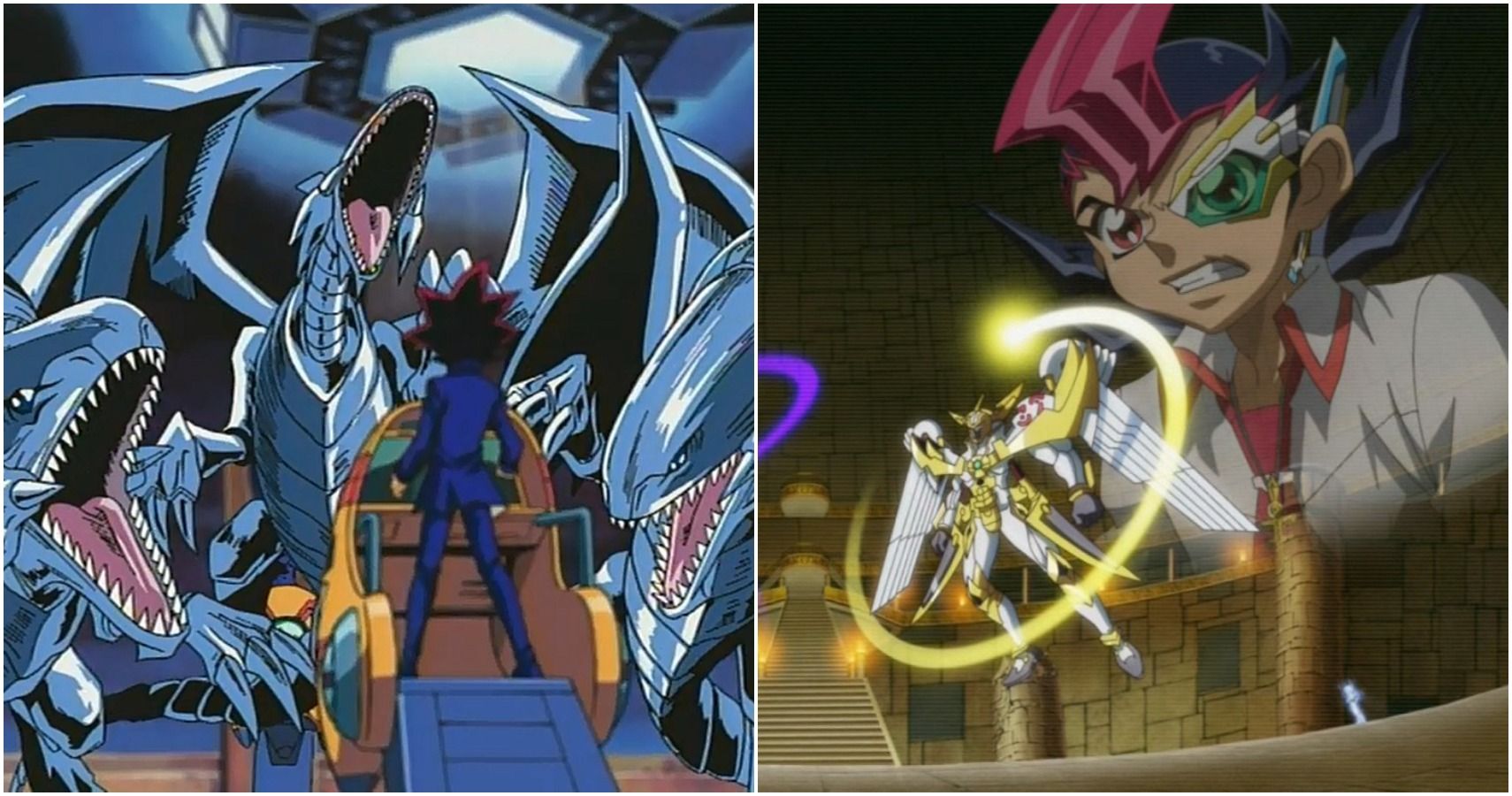
Following in the wake of the massive success of Magic: The Gathering, Yu-Gi-Oh! has gone on to be one of the most recognizable trading card games in the world, with a multimedia franchise that spans several anime series, manga adaptations, and video games. Since its initial release in 1999 in Japan and 2002 in the west, it has been fondly remembered by many as a staple of their childhood.
Over the past 21 years, however, the game has undergone many significant changes, both in rules and in design, which has led to many dropping the game in favor of games that are far less convoluted, though there are still many who stick by their beloved past time despite how drastically the game has been altered.
10 First Turn Draw
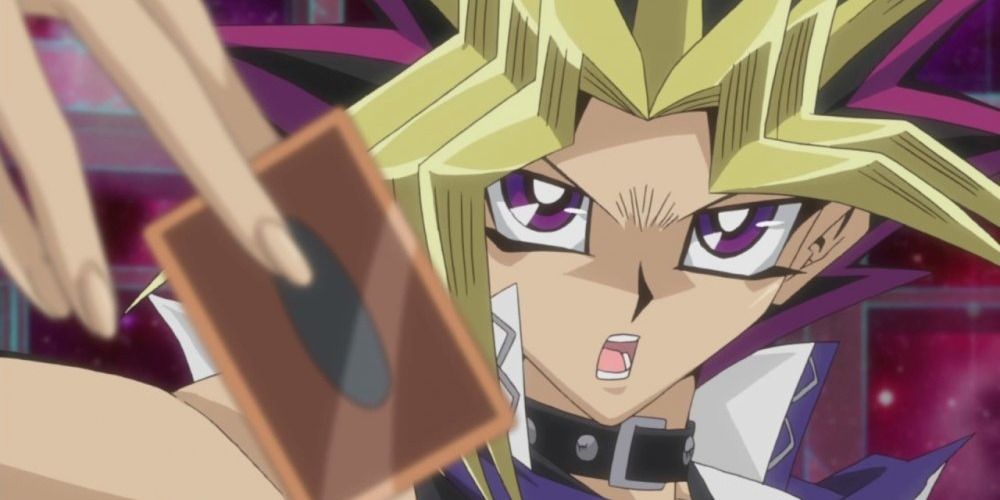
One of the more recent and significant changes to the game was the removal of a first turn draw. Before, in order to start any round, both players draw until they have five cards in hand, then draw one additional card at the beginning of each turn, but the rule change removed this aspect for whichever player went first in the duel.
This change was the result of the increased speed of the game as a whole because many decks were able to overwhelm the opposing player in a single turn with little difficulty. Although this rule change didn't completely stop this from occurring, it drastically reduced its frequency and was a welcome change for many long-time players.
9 Massive Legacy Support
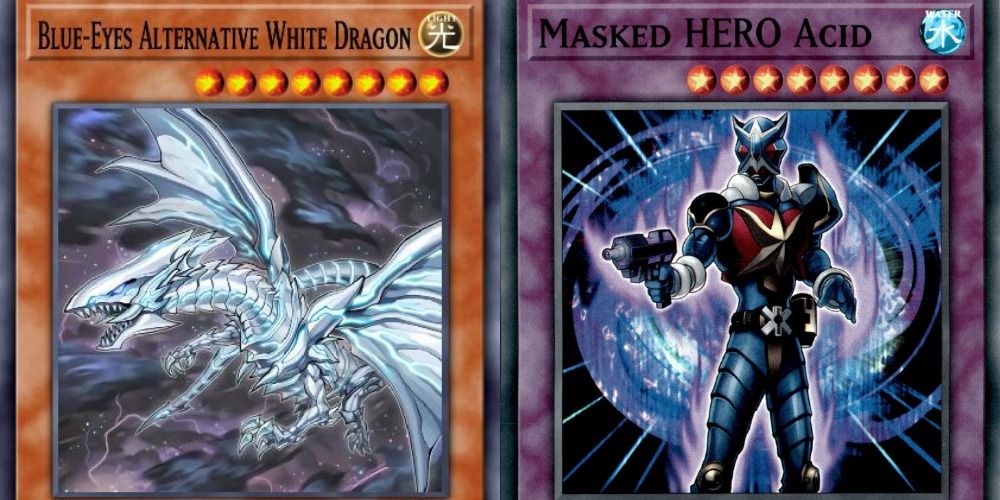
Cards like Blue-Eyes White Dragon, Dark Magician, and even the Elemental Heroes of Yu-Gi-Oh! GX are fan-favorite monsters and decks that stick with many people who watched the anime as a child. The only problem was that players couldn't make decks around these signature cards very easily, as they had next to no support cards to go along with them.
Fast forward a few years and many of these past decks have had a mountain of support added to them, with Blue-Eyes, in particular, becoming a dominant archetype in the competitive scene for a while.
8 Fusion Deck To Extra Deck
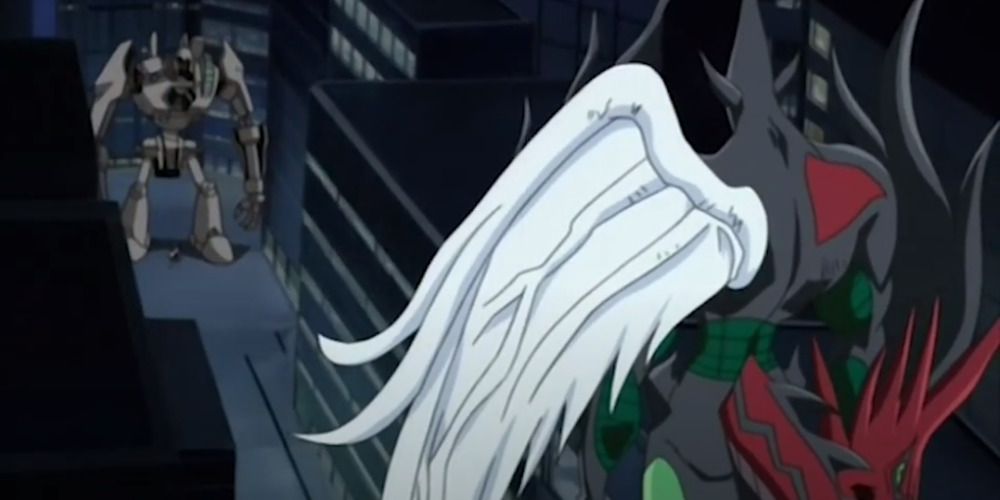
In both the original and GX anime, the Fusion Deck seemed to be an endless source of powerful monsters, with characters seeming to have every single combination of Fusion Monsters that could possibly work in their deck, and this was also the case in the real-world game. With the introduction of the 5D's anime, the previously-named Fusion Deck became the Extra Deck and came with a new addition to how it worked in the scope of the game.
What was once a bottomless pit of potential cards was limited to a mere 15, which might be seen as a massive restriction compared to how the game was previously played, but 5D's brought with it another addition that has become a staple of the trading card game since its inception.
7 Synchro Summons
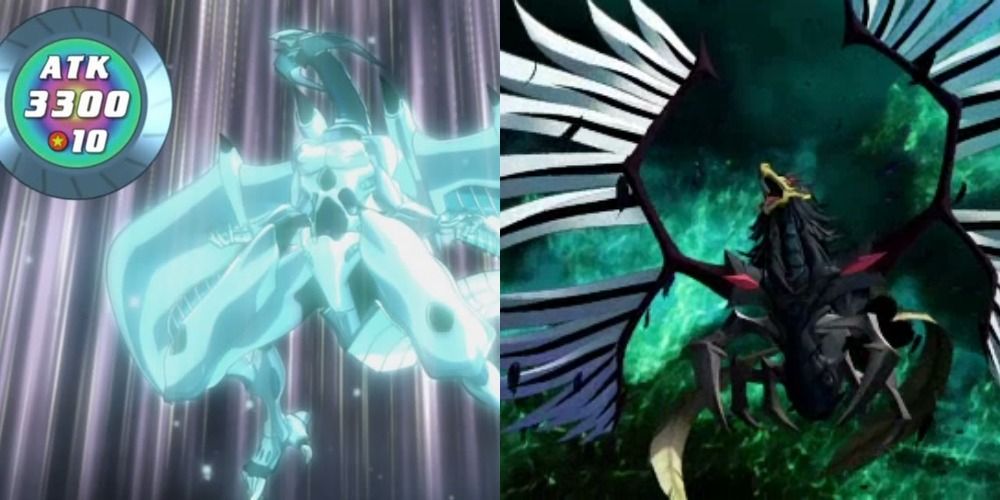
Arguably the biggest change to come to Yu-Gi-Oh! was the addition of Synchro Monsters and the Extra Deck. By using one Tuner Monster and one or more non-Tuner Monsters, players could summon monsters to the field that were significantly more powerful than the combined force of the cards sacrificed to make it.
This single mechanic made many older decks obsolete overnight, including the previously incredibly powerful Gladiator Beasts and Frog Monarchs, which ran rampant and unchecked until this mechanic was brought in.
6 XYZ Summons
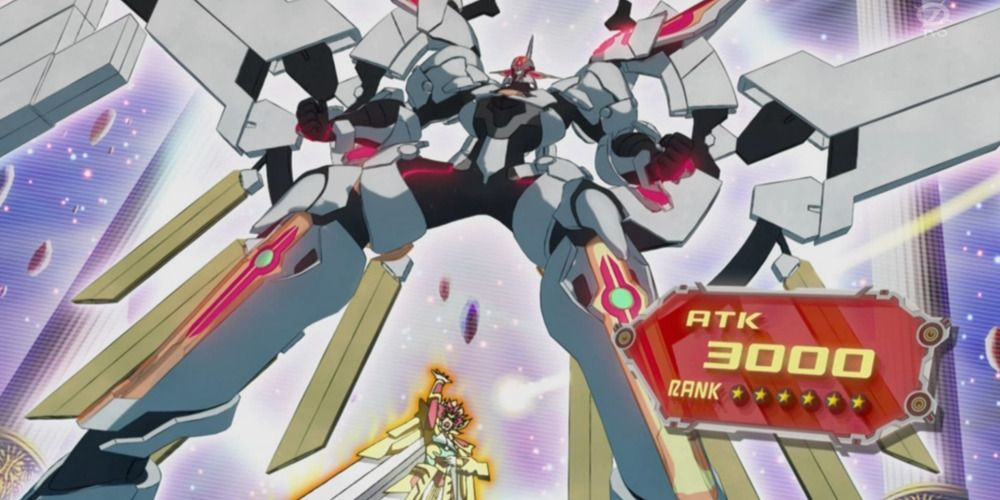
The second Extra Deck mechanic that accompanied the Zexal anime was the XYZ function, a new type of monster that could be summoned by overlaying two monsters of the same level in much the same way as Synchro Summoning. However, it came with more restricted effect usage as it was tied to the materials that were used to summon it.
This meant that some of the XYZ Monster effects were outright broken and led to many being placed on the Restricted and Limited List for competitive play fairly quickly.
5 Pendulum Summons
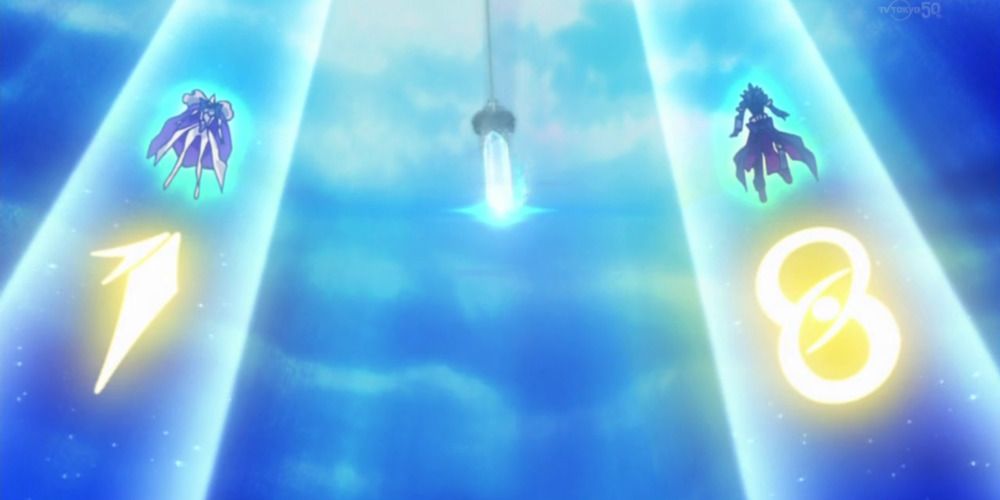
For many players, Pendulum Monsters ruined the game and caused many to leave it behind for good. Another Extra Deck mechanic, this one was a little different in that its signature cards were Monsters that could also be used as Spell cards, with a different effect depending on where they were played on the field.
While this did have the unseen side effect of adding some much-needed power to previously dead decks, it wasn't enough to elevate them to the status of dedicated Pendulum decks.
4 Link Summons
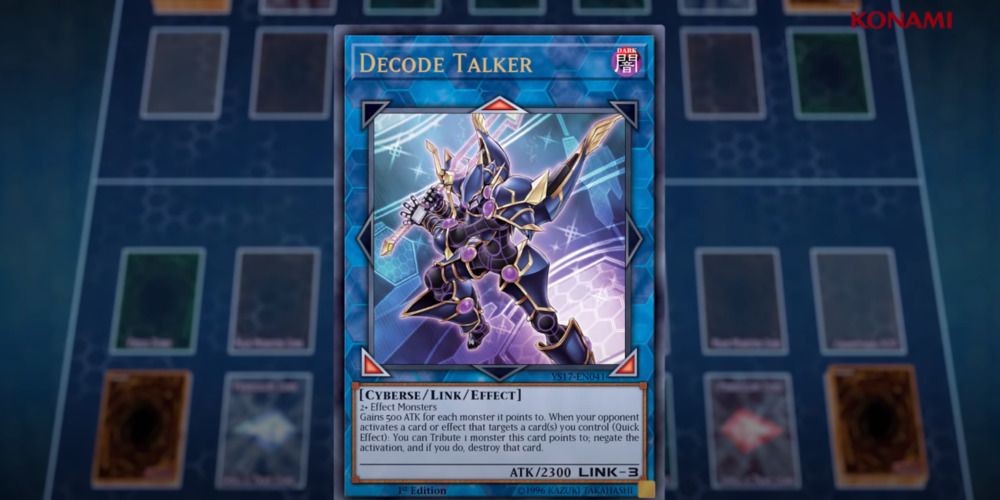
While many players who were still playing were incredibly annoyed that a fourth Extra Deck mechanic was being added to the game, it was alleviated slightly by the fact it at least tried to keep all previous Extra Deck monsters, which were now spiraling out of control, in check.
As a more simplified version of Synchro Summoning, Link Monsters acted as somewhat of a barrier for players to prevent them from overloading the field with Extra Deck monsters in a single turn, as players couldn't summon from the Extra Deck, except for Link Monsters, until there was at least one Link Monster on the field.
3 Rise And Fall Of Dueling Network
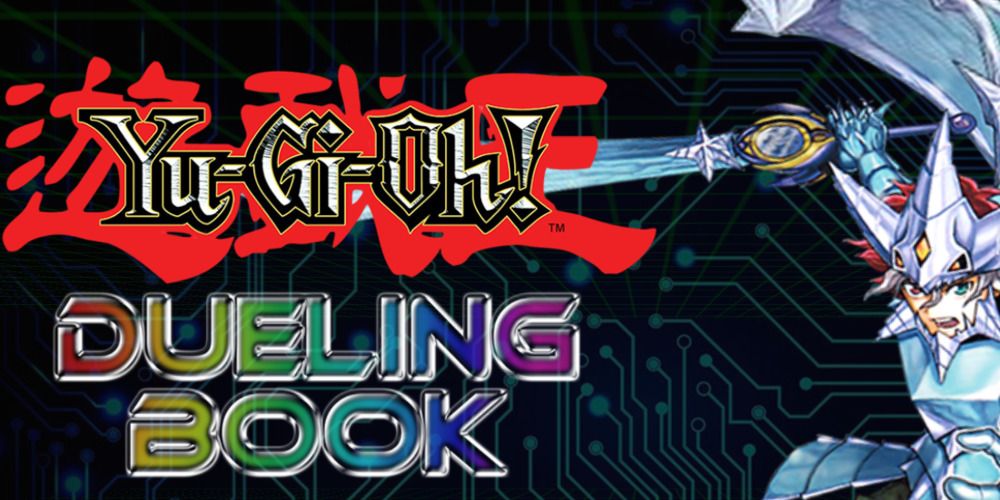
For many players around the 2010s, Dueling Network was the quintessential way to play Yu-Gi-Oh! online, and allowed players to try decks they didn't have in real life or otherwise couldn't afford. There were some issues with rulings, as there were no built-in restrictions on summoning and drawing, and it was up to the players themselves to regulate their own games.
In 2016, after a third party sent a cease and desist to the site's runners, Dueling Network was shut down permanently and was later replaced by a similar website, Dueling Book.
2 Multiple Card Effect Changes
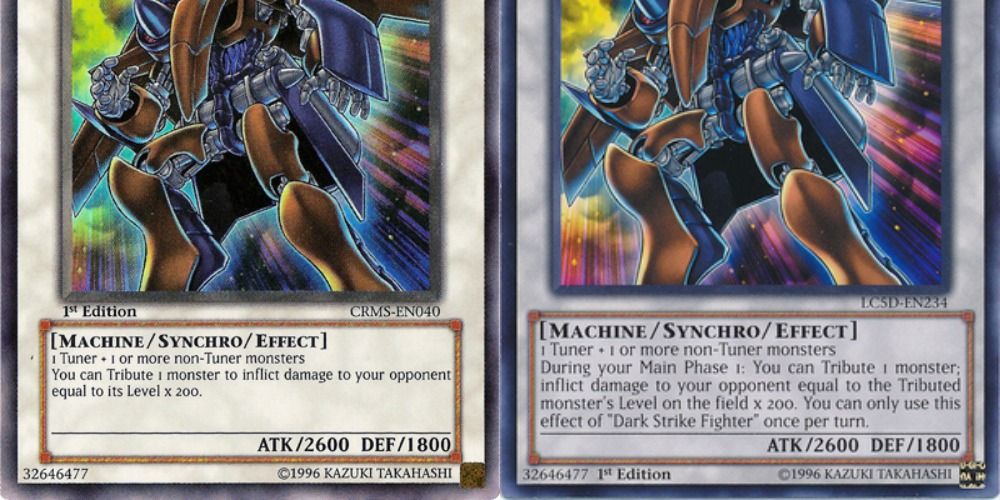
When Yu-Gi-Oh! was first introduced to the world, there were many mechanics that were somewhat confusing, particularly when it came to when certain card effects could activate. Over time, many cards that have been reprinted have also had their card text altered to make them simpler and easier to understand, while some more powerful cards also had their effects changed to reign them in and keep them from being so overpowered.
Previously Restricted monsters like Chaos Emperor Dragon - Envoy of the End and Dark Strike Fighter were only able to come back into competitive play after their effects had been altered.
1 Rush Duels
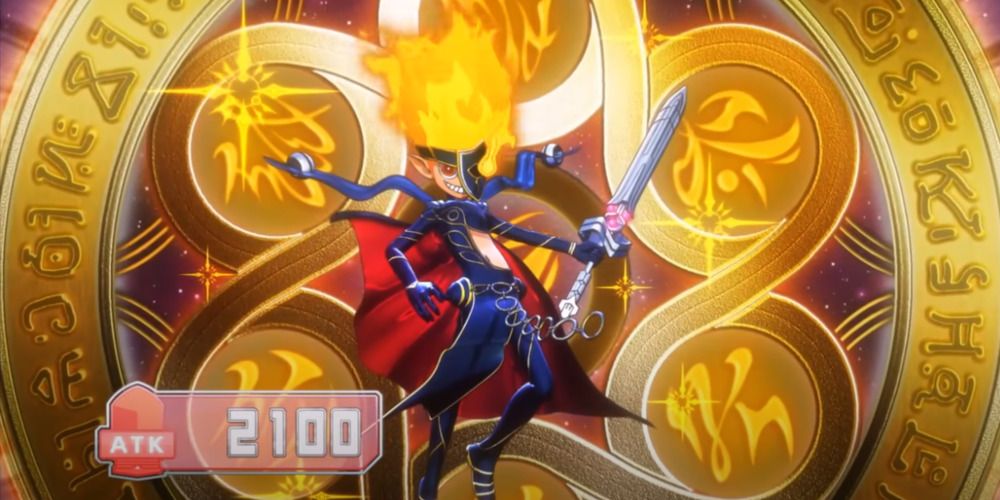
The most recent addition to Yu-Gi-Oh! is an entirely new way to play called Rush Duel. This version of gameplay is limited to entirely different cards and a whole new ruleset separate from the original, including restricting the Monster and Spell/Trap Zones to three each.
Rush Duels also remove entire phases of gameplay, with the Standby Phase and Main Phase 2 not being present in the gameplay. As of now, this version of Yu-Gi-Oh! is only available in Japan, with a western release still to come.

Post a Comment